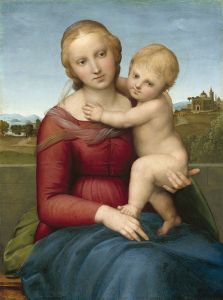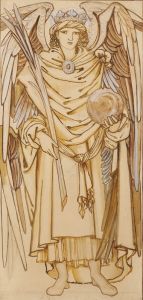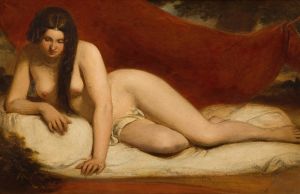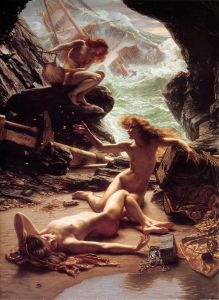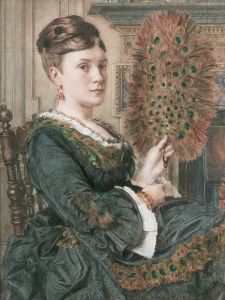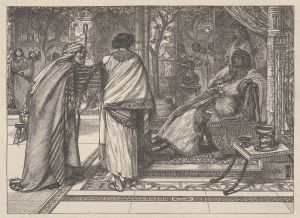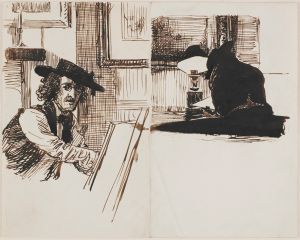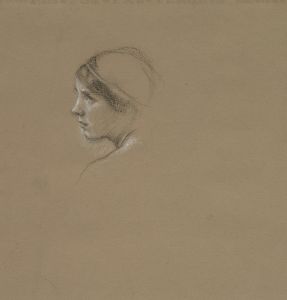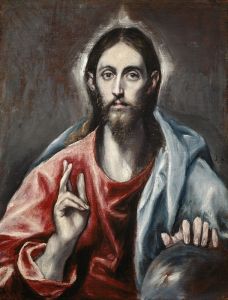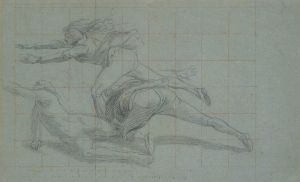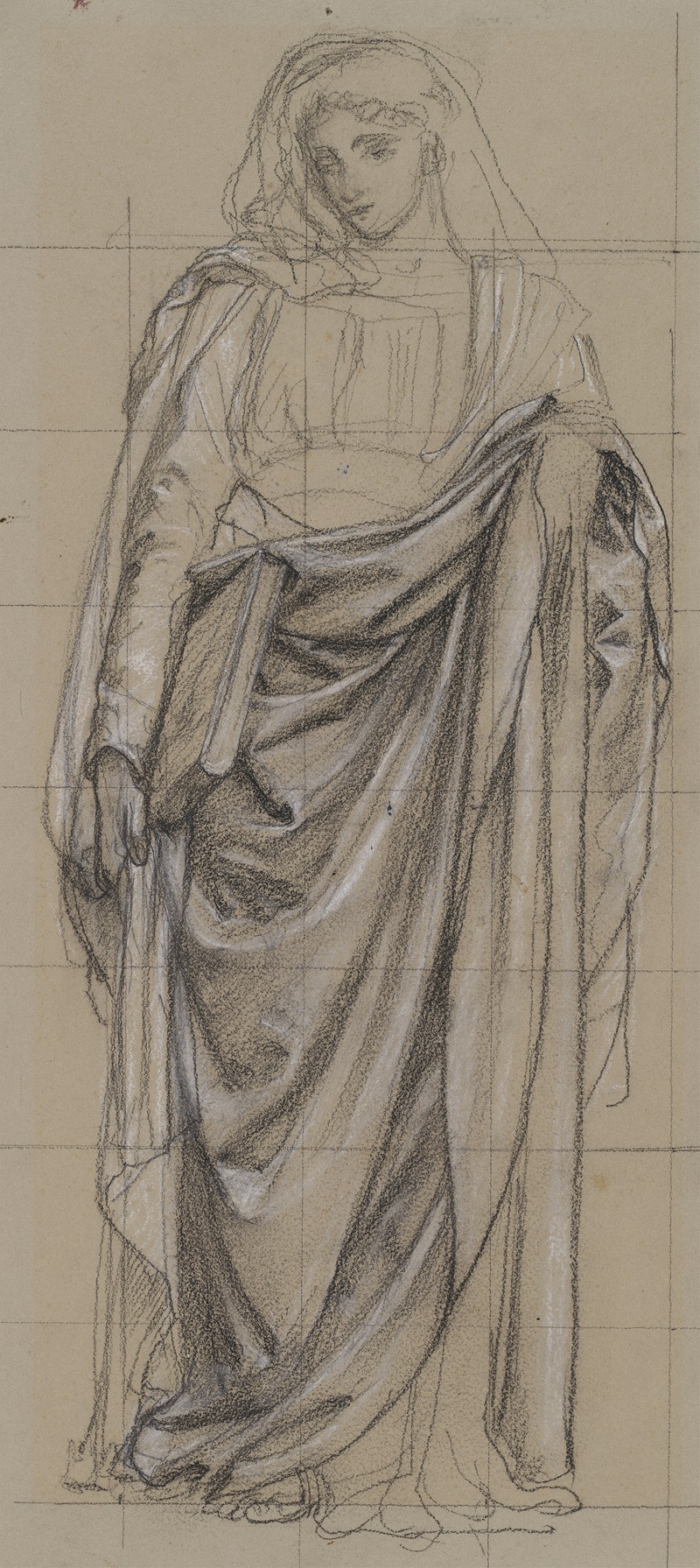
Study for an Allegorical Figure of Religion
A hand-painted replica of Edward John Poynter’s masterpiece Study for an Allegorical Figure of Religion, meticulously crafted by professional artists to capture the true essence of the original. Each piece is created with museum-quality canvas and rare mineral pigments, carefully painted by experienced artists with delicate brushstrokes and rich, layered colors to perfectly recreate the texture of the original artwork. Unlike machine-printed reproductions, this hand-painted version brings the painting to life, infused with the artist’s emotions and skill in every stroke. Whether for personal collection or home decoration, it instantly elevates the artistic atmosphere of any space.
Edward John Poynter was a prominent British artist and designer in the 19th century, known for his historical and allegorical paintings. One of his works, "Study for an Allegorical Figure of Religion," reflects his interest in classical themes and his meticulous approach to composition and detail. Poynter was part of the Victorian era's academic art movement, which emphasized technical skill and often drew inspiration from classical antiquity and mythology.
"Study for an Allegorical Figure of Religion" is a preparatory work, which means it was likely created as part of Poynter's process in developing a larger or more finished piece. Artists of Poynter's time often produced studies to explore composition, form, and lighting before committing to the final version of a painting. These studies can provide valuable insight into the artist's working methods and creative process.
Poynter's work is characterized by its precise draftsmanship and attention to detail, qualities that are evident in this study. The allegorical figure in the painting represents the concept of religion, a common theme in art that is often depicted through symbolic figures or scenes. Allegorical figures are typically personifications of abstract ideas, such as virtues, vices, or philosophical concepts, and they were a popular subject in Victorian art.
In "Study for an Allegorical Figure of Religion," Poynter likely employed classical iconography to convey the theme. This might include traditional symbols associated with religious or spiritual concepts, such as a cross, a book, or other attributes that denote piety or divine inspiration. The use of allegory allowed artists like Poynter to explore complex ideas and communicate them to the viewer through visual means.
Poynter's education and career were deeply rooted in the academic traditions of his time. He studied at the Royal Academy of Arts in London and later became its president, a position that underscored his influence and standing in the art world. His works often reflect the academic emphasis on historical and mythological subjects, rendered with a high degree of technical skill.
While specific details about "Study for an Allegorical Figure of Religion" are limited, it fits within the broader context of Poynter's oeuvre, which includes other notable works such as "Israel in Egypt" and "The Visit of the Queen of Sheba to King Solomon." These paintings demonstrate his ability to handle large compositions and complex narratives, often with a focus on historical or biblical themes.
Poynter's legacy in the art world is marked by his contributions to the academic style and his role in shaping the direction of British art during his tenure at the Royal Academy. His studies and finished works continue to be appreciated for their craftsmanship and their reflection of the cultural and intellectual currents of the Victorian era.





